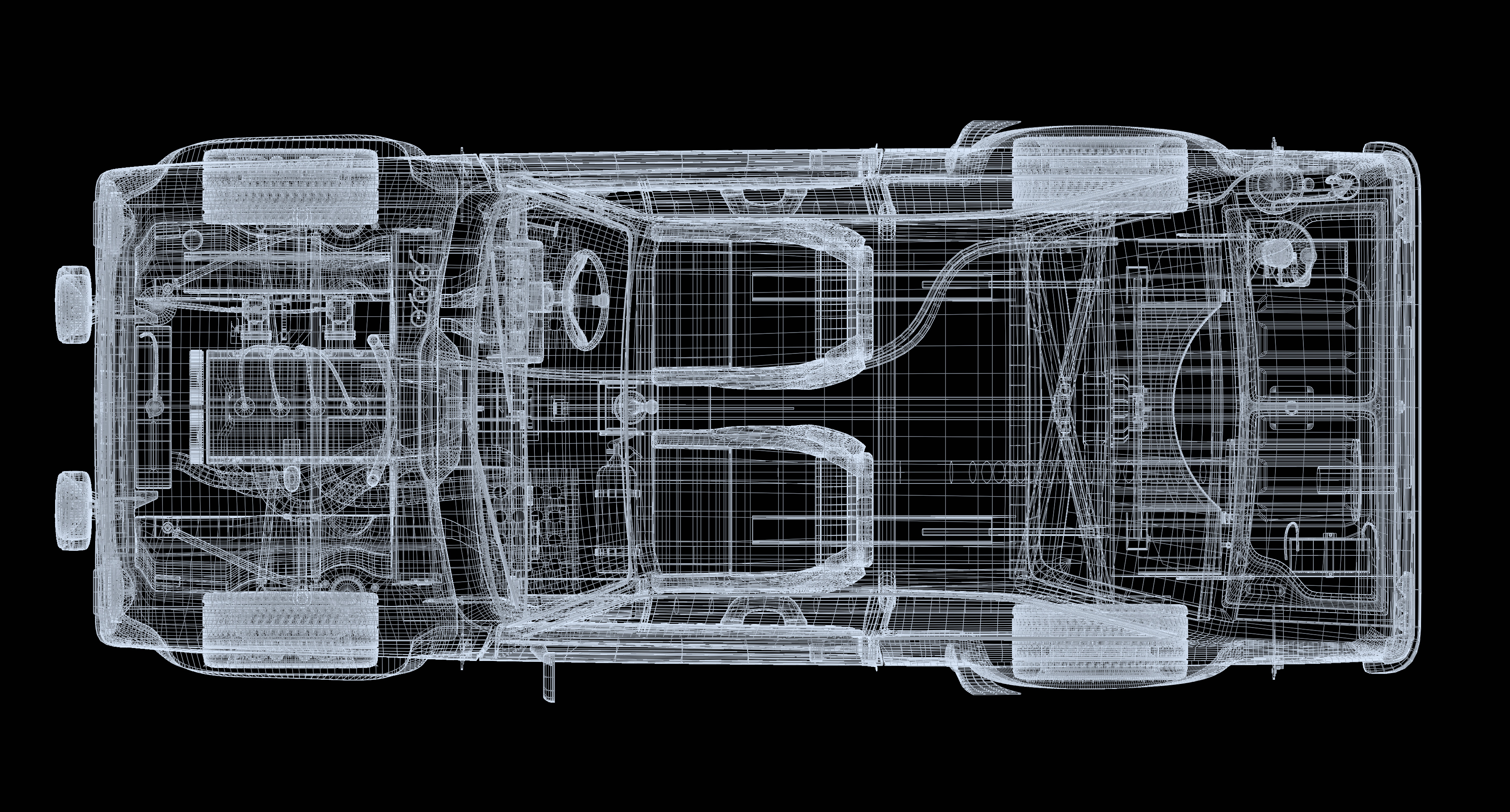Doug Arnao (Lead Handling Designer)
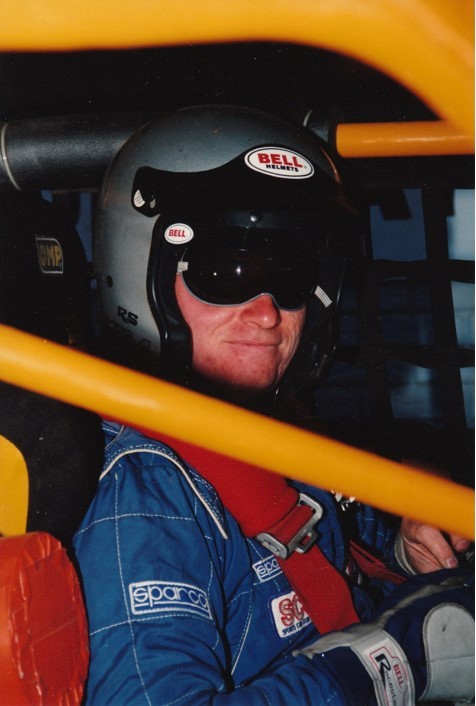
From GPL to GTR, from F12002 to Project CARS 2, Doug Arnao has been massaging the feel and handling of the cars you’ve fallen in love with for 30 years. Starting out as one of the now legendary beta testers tasked with (literally) fashioning online racing for the Godfather of sim racing titles, Grand Prix Legends, Doug ended up swapping his solid racing career (3-time SCCA National Championships finals) for the challenge of bringing all that knowledge (including his 20-year stint as driving instructor for the Porsche Club) to a string of sim racing titles through the years.
You’re listed in the credits for Grand Prix Legends as one of the “unsung heroes/heroine of the beta test team”. Is it true you and Alison Hine and Steve Smith etc., pretty-much invented online racing? What was that like?
DA: I’d had just stopped racing full time because of family commitments (I had three small children back then in the mid-’90s). But I had already been using early sims to learn tracks. These were ones I had never been to but were on my schedule. I hung out on CompuServe ICR1sim racing sections (anyone remember that?) where Papyrus’ lead Matt Sentell was a regular. After posting my real-life racing experiences and my thoughts on sim racing’s future, he contacted me and asked whether I would be interested in helping out with their new landmark 3DOF physics model title. This was to be Grand Prix Legends. They also wanted to start developing online racing with this new-fangled internet thing. I was very intrigued and then found out there would be a beta team to test all this, including myself, Alison Hine, Steve Smith, and others. We tested every day and spent a couple of years flogging the physics model and the online code, being amazed the whole way. It was all so revolutionary for the industry, and we had a sense of it as we were working on it for sure. They would send out builds to us in the mail on CDs, as the dialup back then couldn’t handle it! I also spent time directly with Dave Kaemmer at their offices going over validation of the setup parameters and numbers to make sure they would make sense. And that’s what launched me into this career.
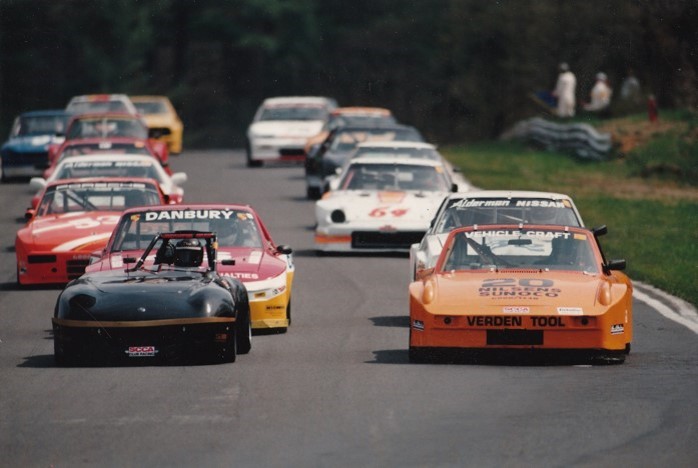
From GPL, you went on to work on a ludicrous list of pretty-much every seminal sim racing game in history—from GTR to Project CARS 2. Was that the career path you imagined for yourself back in the mid-90s?
DA: No, absolutely not. After I stopped racing, I sold the auto parts store I owned for 10 years and went directly into a race shop (run out of my house) where we built and maintained Porsche race cars. This was my path as I saw it. The draw and passion for sim racing was strong, though, but it wasn’t a career I’d even considered until I met Ian Bell. We met the way everyone meets in our community—online (while racing one of the Nascar Racing games). He told me he was working on a mod (using F12001, which I’d worked on) to bring GT cars to the community. Right up my street, of course, given my racing career, so it didn’t take a lot of persuading from his end! Once he decided to go commercial with the first GTR, I was in all the way. I kept thinking “what the hell, probably won’t work, but this is cool”. At first, I worked part time and ran the race shop at the same time, trying to balance both because, frankly, I needed the money. Turns out, GTR was successful enough, and the rest is history.
Running a race shop must have been fun: What’s been your favorite car project?
DA: That would be my tube-frame Porsche 914/6 race car. I designed and built this 100% myself from scratch and it proved really competitive. This car won 31 races, won the North East SCCA GT2 championship 3 times, and made it to the SCCA National Championships 3 times with a best 3rd place finish. I also finished 3rd in the 1989 Porsche Cup USA Points race.
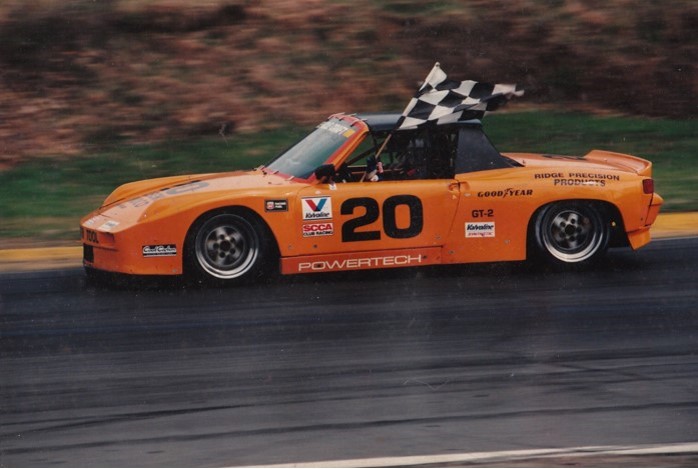
Can you explain what “lead on vehicle handling” actually means? And how you bring the real into the simulation in terms of handling and feel?
DA: It all starts with the numbers of course. Each car must be as closely modelled as possible to its real-world counterpart, with as many specs and dimensions as you can get your hands on. But the real magic is not what the numbers say. The magic is what you feel when you drive the cars. I was a driving instructor for the Porsche Club for over 20 years. As you can imagine, I got to drive many different cars over those years, at speed, on racetracks. I developed a feel of what a good or bad car felt like.
When I first started out building virtual race cars, I needed to convince the developers of that process: that it’s not just recreating, for e.g., a suspension model in a super-accurate physics model. There’s a lot more to it than that, and this is the “it” factor that I think I brought to the job. The numbers and specs can only take you so far, the rest is by feel and experience. And honestly, most of that is in tweaking the tyre models. Being the most ambiguous part a racing sim, the tyres are open to the most interpretation. It’s just rubber and string after all, so numbers don’t often fit it well. For me, it’s always been about convincing myself I was driving that car at that track, and it all felt right, numbers or not. Coincidentally, this seemed to have worked out for most other players too! I think the community wants realism, and there’s really no substitute for the feel you experience out there on a real track. That’s what guys like me bring to the feel of a sim.
AI is the buzzword for 2023, but AI in sim racing has been around since the ’80s. You were in charge of AI in Project CARS 2. Can you explain how you engineer AI in a game? And do you have an opinion on what everyone seems to be saying these days—that AI was better 20 years ago?!
DA: In a simple sense, building AI in the sim came down to me driving a race path that the AI would use to follow as the main part. Then the code would generate simple offsets if its path was blocked by another car. I.e., it would read ahead a certain distance and modify the optimal line to move around any “obstacles”. I also had tools to block off certain areas of the corners, to make pit paths, pit and start spots, and width of the drivable racing surface. I also had to come up with pitting strategy, wet weather strategy, and tyre choices. And that’s just to name a few of the parameters that go into creating AI in a racing sim.
The problem is when you’re trying to do all of this with old tech’ that isn’t that intelligent! In truth, there was never time for a much-needed re-write. Instead, we kept adding “features” which really ended up as bloat placed on top the original code to try and give it the illusion of being smart. But that just made things more complicated and prone to bugginess. So, in truth, the community is partly right here: The more basic uncomplicated AI from GTR2 and GTL really was better. Everything since then either went sideways or backwards, to be honest. The whole AI code needed a rethink, needed starting from scratch with a thinking, reasoning, and learning AI. And that’s what we’re doing now, and this time we’re not saddled with ageing architecture. Smart AI is coming!
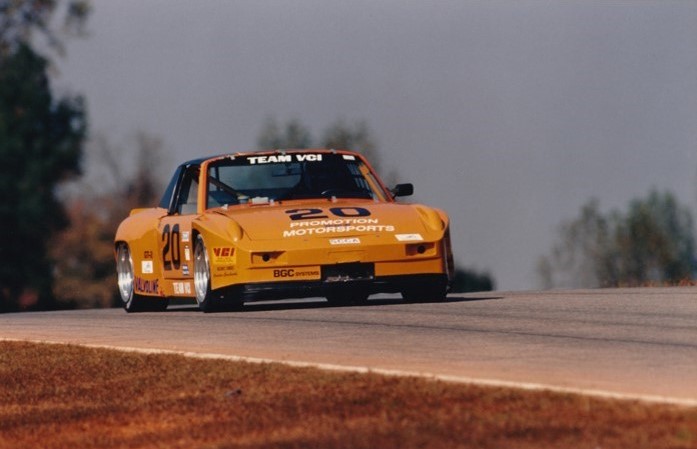
What’s your current role at Straight4 and what are you most excited about with the new sim being produced?
DA: I’m back to being the Lead Handing Designer with an awesome new physics model from AJ Weber. This is really what I’m best at. I’m sure I’ll be involved with the AI at the higher level and gameplay part of it. I mean, how can I not be? But I’d like to stay focused on building cars with my team as much as possible. After all, that’s what I’ve done my whole life—build things.
When you think of all the games you’ve worked on, what’s your most special memory?
DA: Probably the release of GTR2 and the reception it got, and continues to get, all these years later—I was floored.







.png)























